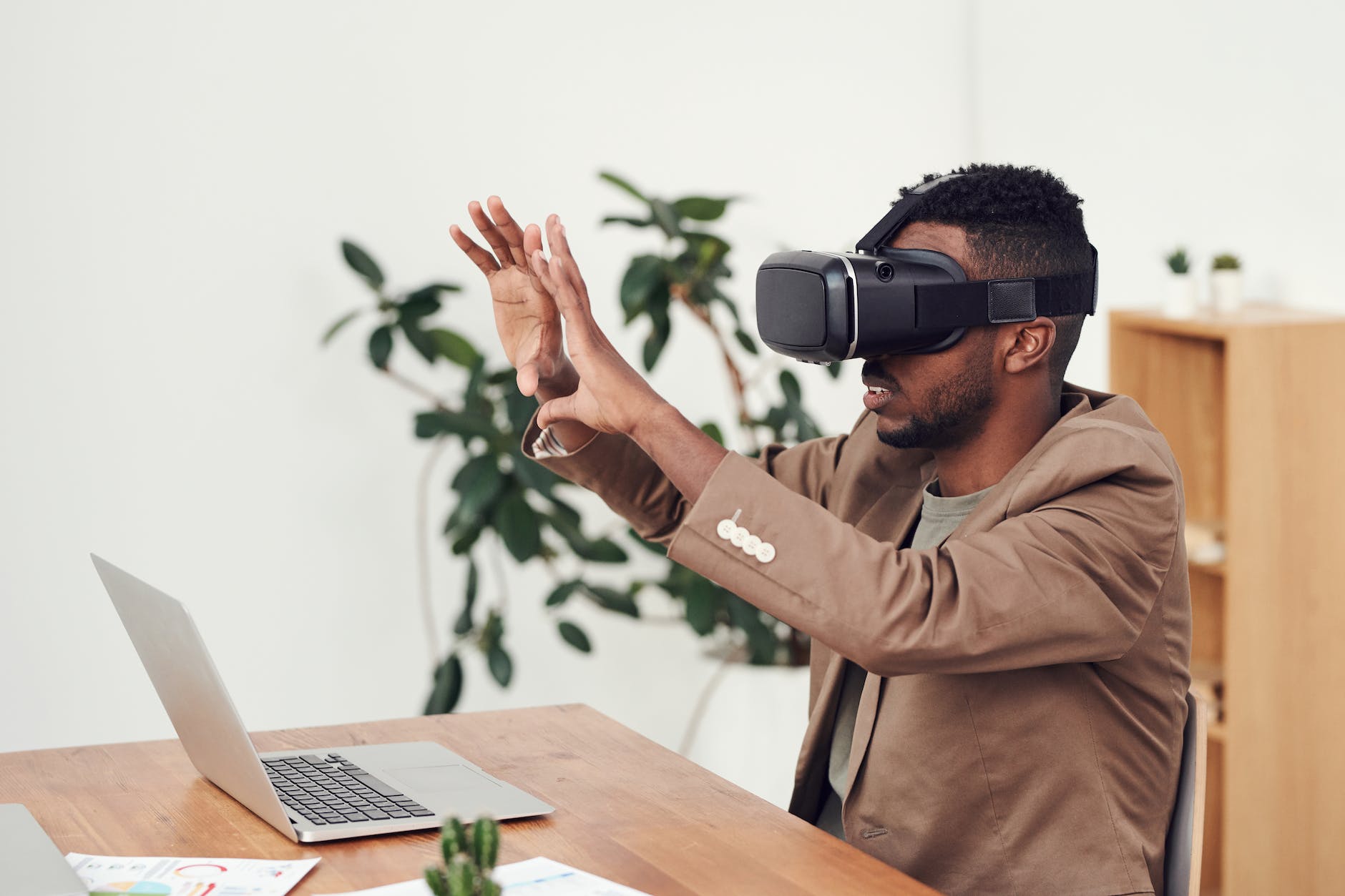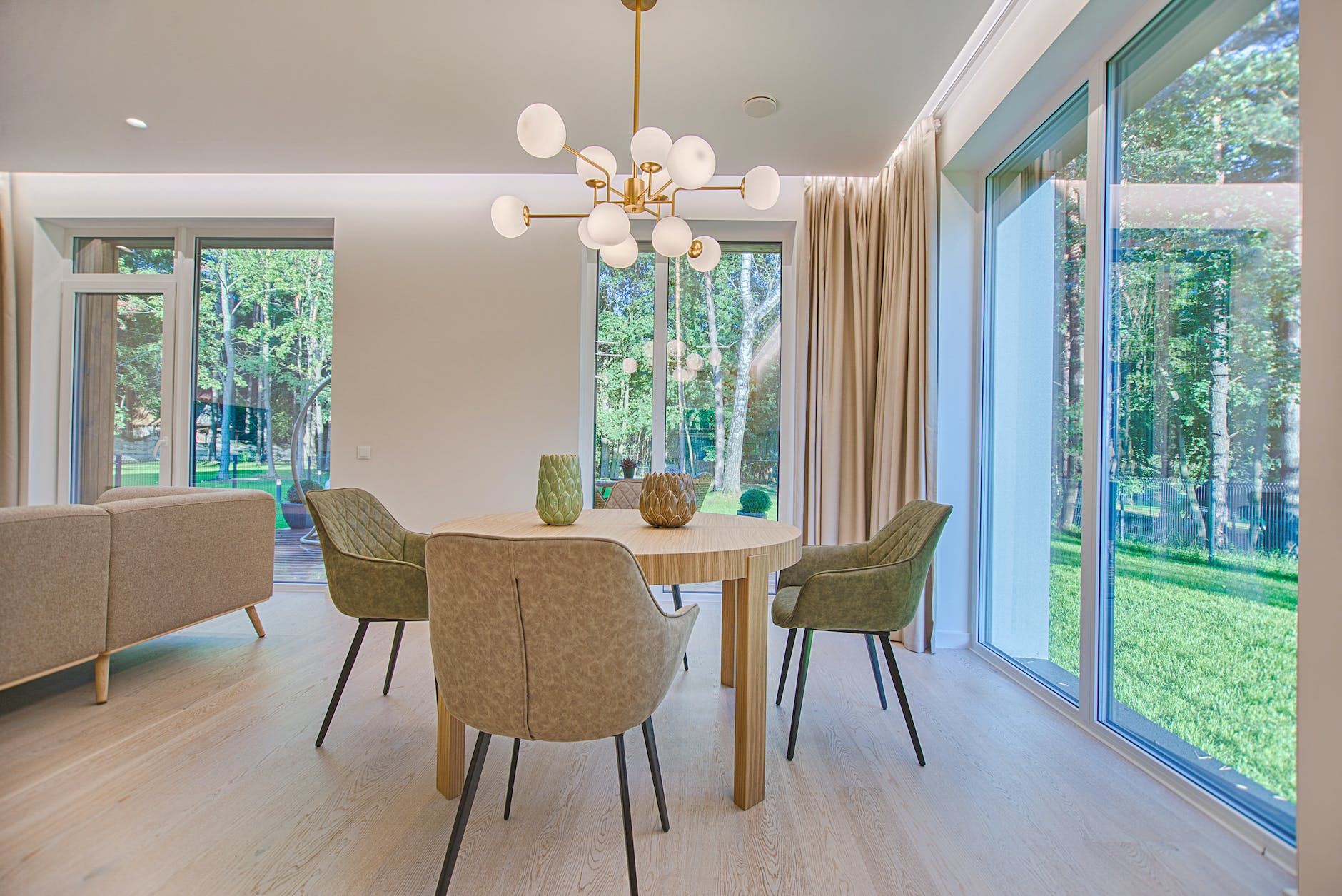
Augmented reality (AR) is not just a buzzword in gaming and entertainment. It’s steadily transforming various industries, and construction is no exception. This blog post will delve into the exciting integration of AR within the construction sphere.
We’ll explore how innovative technology is changing how we design, plan, and build structures — streamlining processes while improving accuracy and mitigating risks.
After reading today’s post, check out XYZ Reality and see how their Atom headset is revolutionizing AR for construction.
Modernizing the blueprint: AR in design and planning
AR is an indispensable ally in modernizing construction’s design and planning phases. Here are a few ways this advanced technology is paving the way for a digital evolution:
- Virtual blueprints: AR allows architects and engineers to visualize and manipulate 3D models of their designs in real space. This facilitates a more comprehensive understanding of how the structure integrates with its surrounding environment.
- Real-time design modifications: With AR, design changes can be made and visualized in real-time. This significantly reduces the time and effort traditionally associated with design revisions.
- Risk identification: The ability to virtually walk through a structure before it’s there physically allows potential hazards or design flaws to be identified and rectified early in the planning phase, preventing costly or dangerous problems.
- Enhanced collaboration: AR helps bridge the gap between different stakeholders in a project. Designers, builders, and clients can all interact with the same model, making collaboration more effective and reducing misunderstandings.
Accuracy and efficiency: AR’s impact on construction execution
In the execution phase, AR is an invaluable tool in enhancing precision and efficiency, significantly reducing errors, and minimizing the need for rework. Here are some ways this comes to life.
Improved accuracy
AR can overlay digital designs onto the physical construction site, providing builders with a precise visual guide as they work. This helps to ensure that the structure is built correctly according to the design, reducing the margin for human error.
Real-time adjustments
AR allows real-time design adjustments if issues are spotted during the construction phase. These changes can be visualized instantly, helping to prevent errors from escalating into more significant problems.
Rework reduction
By providing an accurate, real-time visual guide during construction, AR can substantially reduce the need for rework. This saves time and resources, contributing to better project outcomes.
Quality control
Teams can use AR to compare the finished work to the original design in a detailed and accurate way. This is an effective method for quality control, ensuring that the completed structure is up to the defined standards and specifications.
Risk mitigation with AR
The safety of workers is paramount in any construction project. AR offers innovative solutions to bolster safety measures and mitigate potential hazards, fundamentally redefining risk management on construction sites. Here’s how:
- Hazard visualization: AR helps identify potential hazards by overlaying safety parameters onto the physical site. It can illustrate elements like safe pathways, restricted areas, and potentially dangerous zones, highlighting them for all workers to see.
- Equipment operation: The use of heavy machinery can be risky. AR can provide operators with real-time data about their equipment, including weight loads, clearance levels, and optimum routes, reducing the risk of accidents.
- Structural analysis: AR can simulate the stresses and strains on a building’s elements, helping engineers identify potential structural failures before they occur.
AR is not just improving how we design and construct buildings but also playing a pivotal role in enhancing safety measures — promising a safer future for construction sites.
AR in training: Equipping the next generation of builders
The advent of AR technology has revolutionized training methods in the construction industry, providing a hands-on, interactive, and immersive learning experience. Here’s how AR enables the next generation of builders to learn and grow.
Virtual simulations
AR offers realistic, hands-on simulations, allowing trainees to hone their skills in a safe, controlled environment. These virtual exercises can mimic real-world scenarios, enabling trainees to understand and manage the complexities of a construction site more effectively.
Interactive learning
Traditional training methods often rely solely on theoretical content, making it difficult for trainees to grasp practical aspects of construction. AR takes learning to a new level by providing an interactive and engaging experience, assisting trainees in understanding complex concepts more easily.
Instant feedback
AR can provide instant, real-time feedback, highlighting areas of strength and identifying improvements. This allows trainees to learn from their mistakes and continuously improve their skills.
Real-world application
AR blends the virtual and real world, allowing trainees to apply theoretical knowledge in a practical context. This strengthens their ability to translate what they’ve learned into real-world scenarios.
AR in repair and maintenance
AR also streamlines the repair and maintenance phase of a building’s life cycle. Here’s how:
- Faster diagnostics: With AR — maintenance crews can overlay digital information onto the physical equipment, facilitating quicker diagnostics of issues.
- Guided repairs: AR can provide step-by-step guides to perform repairs, making the process more efficient and reducing the likelihood of errors.
- Predictive maintenance: AR technology — combined with predictive analytics — can highlight potential issues before they escalate, enabling preventative maintenance and saving on potential repair costs.
- Training and support: AR can create realistic training scenarios for maintenance staff and provide remote support from experts when dealing with complex repair issues.
Build better with augmented reality – conclusion
In conclusion — augmented reality is paving the way for a more efficient, safe, and technologically advanced construction industry. It enhances the design process, bolsters execution accuracy, mitigates risks, and fosters a more immersive and effective training experience.
As we continue to embrace this technology, the future of construction promises to be more precise, safer, and more innovative. These advancements underscore the importance of integrating AR into mainstream construction practices.

